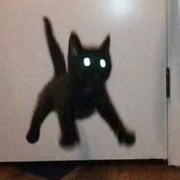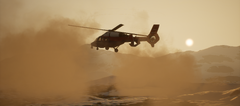- 5 replies
- 7,755 views
- Add Reply
- 2 replies
- 6,476 views
- Add Reply
- 0 replies
- 5,668 views
- Add Reply
- 0 replies
- 6,628 views
- Add Reply
- 5 replies
- 13,352 views
- Add Reply
- 0 replies
- 3,608 views
- Add Reply
Walfisch!
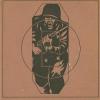
By 33LIMA,
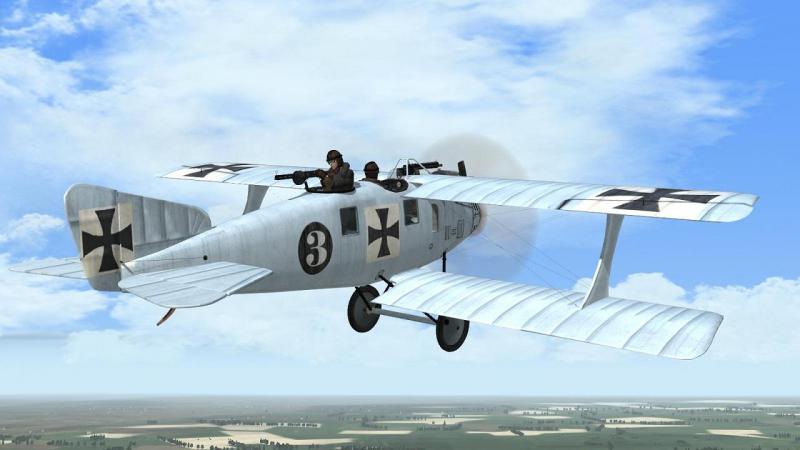

First mission in a new two-seater career in Wings over Flanders Fields
'Truly, this machine is a whale' ('walfisch' in German), one of the acceptance commission officials is reported to have said of LFG Roland's C.II two-seater, when it first flew about October 1915. Not the kindest of epithets, but it stuck - indeed, one famous flier of the type, Eduard von Schleich, made his Roland look even more whale-like by painting a mouth and eyes onto the nose of his machine, as people familiar
GT:OS - campaign finale

By 33LIMA,
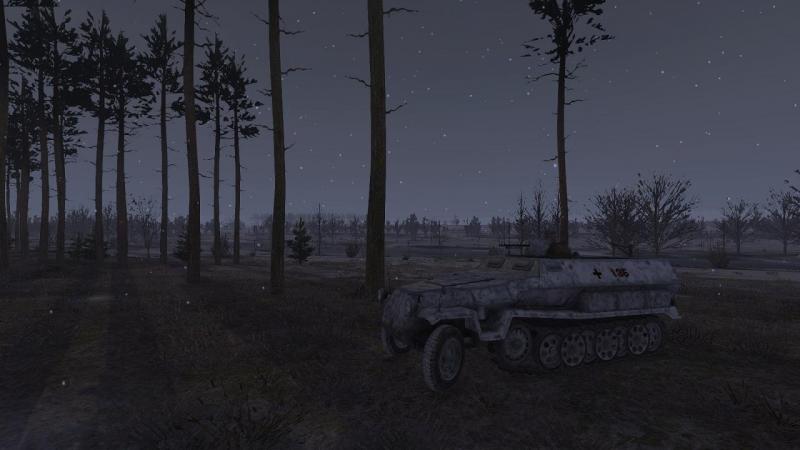

Das Reich finally secures the Pavlovka bridgeheads!
Well, I finally reached the end of my first campaign in Graviteam Tactics: Operation Star, having in the process just about secured and held my campaign objectives, though not earning a victory (in a typically arcane GT:OS reckoning!).
The Pavlovka campaign had reached its final (eighth) operational-level turn, so although I might have several battles to fight at tactical level, I knew my time was running out. So to the east of Pav
GT:OS - the Tigers are here!

By 33LIMA,


The heavy stuff arrives at last!
Pavlovka campaign, mission report #4
To relieve the pressure on my infantry and pioneers around Pavlovka, I have moved a platoon of StuG III self-propelled 7.5cm guns to the south of the village, and a heavy tank platoon to its west. The StuGs aren't yet close enough to relieve my battered eastern bridgehead. But the Tigers are well placed to enter the battle to the west.
At the operational phase, I order two pioneer platoons to destroy the encircled
Interview with Kim Crow

By Skyviper,


Hello,
Welcome to this CombatACE presentation featuring Anastasia Lee and our guest Kim Crow. As you know we did an interview recently with Leslie Shook, the current Bitchin' Betty for the F/A-18 Super Hornets. If you recall, during the full interview, Leslie mentioned another woman, a professionally trained voice actress whose tapes she listened to in order to help her become Bitchin' Betty. It turns out the woman mentioned, Kim Crow, is the first woman to have her voice digitized. In other
GT:OS - Red revenge

By 33LIMA,
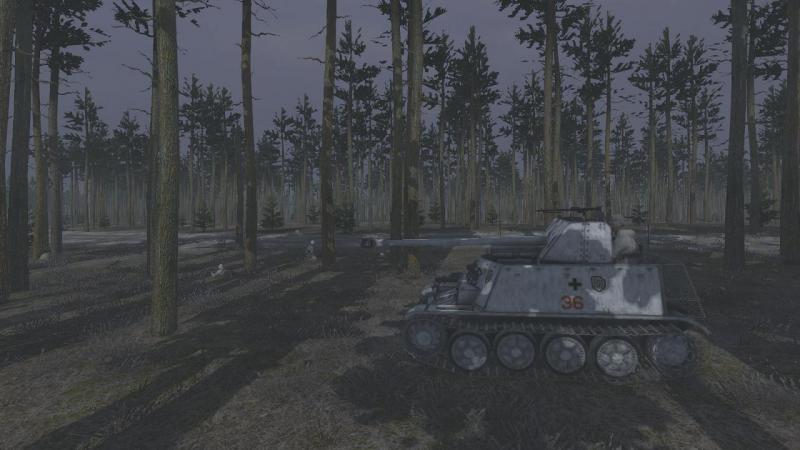

Das Reich faces defeat as the Soviets counterattack!
Pavlovka campaign, mission report #3
Despite having only limited forces at my disposal - a mixture of unmotorised and armoured (engineer) infantry - I was, I felt, doing quite well my in battle to clear Pavlovka and secure bridgeheads over the River Mzha. I had destroved some Soviet defenders, left some battered remnants surrounded in my wake, and secured a small bridgehead over a ford to the west of the town, with my 'foot' infantr
Special Announcement

By Skyviper,
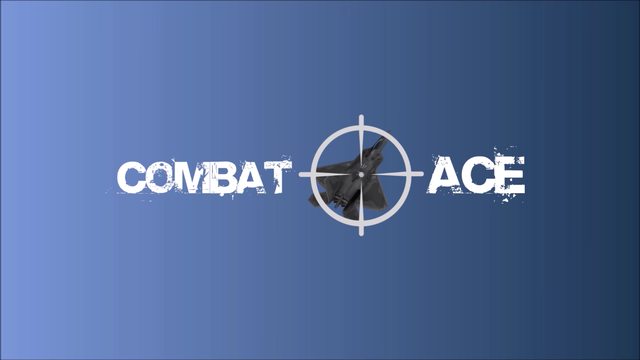

CombatACE.com is proud to bring you this very special presentation, that will be published here next Tuesday December 13,2016.
Please watch the video for more details.



